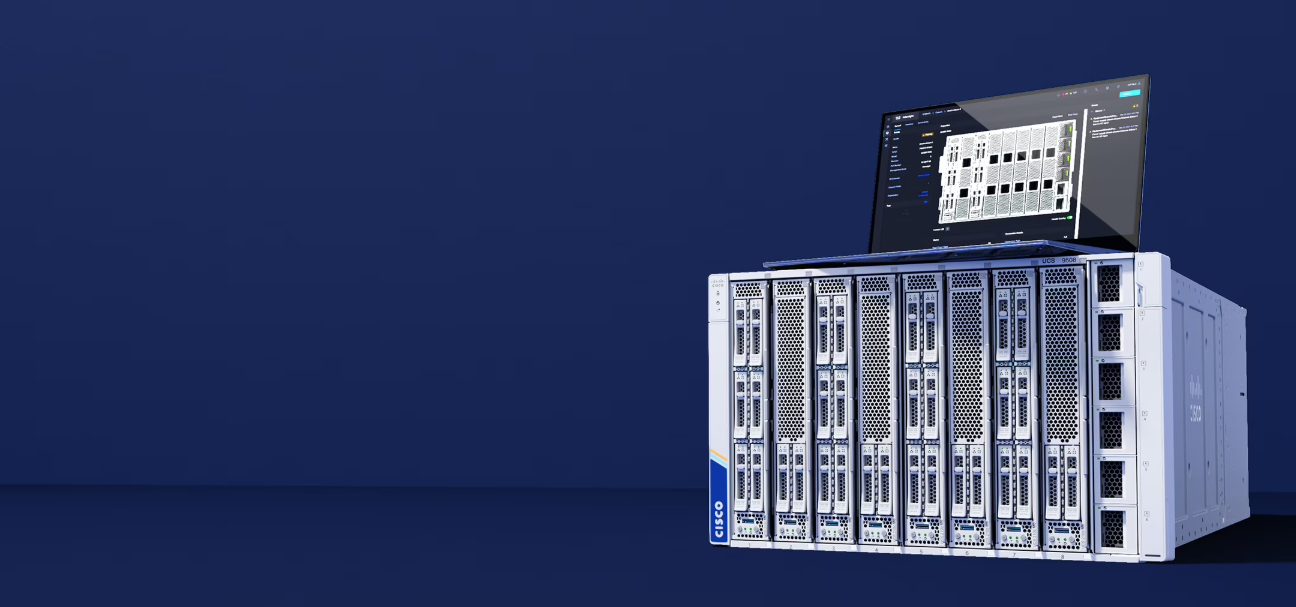
Cisco Packet Tracer has long been a favorite among network engineers, IT students, and technology enthusiasts for simulating complex network setups and testing configurations without the need for expensive hardware. This powerful tool is not just for practice—it’s an essential resource for mastering network concepts and preparing for real-world challenges. Whether you’re new to the field or a seasoned expert, understanding how Cisco Packet Tracer works can significantly enhance your networking skills.
This guide will demystify Cisco Packet Tracer, explain its key features, and show you how to choose the right version for your needs. By the end of this post, you’ll know exactly how to get started with Cisco Packet Tracer and maximize its potential for your networking goals.
What is Cisco Packet Tracer?
Cisco Packet Tracer is a robust network simulation and visualization tool designed by Cisco. It allows users to simulate, configure, and troubleshoot network scenarios in a risk-free environment. With its intuitive drag-and-drop interface, the tool supports the design of both simple and complex networks.
Here are some of the standout features of Cisco Packet Tracer:
- Network Simulation: Simulate complex setups with switches, routers, firewalls, and wireless devices.
- Interactive Learning: Perfect for IT students working toward Cisco certifications.
- Multi-user Collaboration: Share and work on projects in real-time with other users.
- Cross-platform Accessibility: Available for both Windows and macOS, ensuring a wide range of compatibility.
Packet Tracer is a critical element in Cisco’s Networking Academy Program, providing students with hands-on practice and immediate feedback on network configurations.
Why Choose Cisco Packet Tracer?
For network engineers and IT professionals, Cisco Packet Tracer is more than just a learning tool: it’s an asset for testing new configurations and troubleshooting issues before applying them in a live environment. Its popularity stems from the following benefits:
- Flexible Learning
Packet Tracer offers interactive tutorials for beginners while also catering to more experienced professionals who need to test advanced network setups.
- Wide Device Support
From basic PCs to advanced WAN configurations, you’ll find a variety of virtual devices to meet your project requirements.
- Certification Preparation
If you are aiming for Cisco certifications like CCNA or CCNP, Packet Tracer can serve as an invaluable study companion.
Whether you’re pursuing a career in networking or advancing your existing skills, Cisco Packet Tracer is an excellent way to stay sharp and up-to-date with the latest networking concepts.
Getting Started with Cisco Packet Tracer
With the right setup, you’ll be ready to create and test your network scenarios on Cisco Packet Tracer in no time. Follow these simple steps to start your networking success story:
1. Sign Up for a Cisco ID
To access Cisco Packet Tracer, you’ll need to create a Cisco Networking Academy ID. This is a straightforward process:
- Visit the official Cisco Packet Tracer homepage.
- Sign up for free and verify your account.
- Download the software after registering.
2. Download and Install
Once you’ve signed up, download the version compatible with your operating system. Cisco Packet Tracer is available for Windows, macOS, and Linux. Follow the installation prompts to install the program on your device.
3. Explore the User Interface

Familiarize yourself with Packet Tracer’s interface. Here’s a quick breakdown:
- Toolbar
Contains icons for basic functions like opening files, saving configurations, adding devices, and more.
- Workspace
Drag and drop devices to this area to design your network.
- Device Options
Explore a wide range of routers, switches, PCs, and IoT devices.
- Simulation Mode
Switch from real-time to simulation mode to visualize how packets travel across your network.
4. Start with a Simple Network
Begin by creating a basic network with routers, switches, and host PCs. Use Packet Tracer’s built-in tutorials to guide your configuration.
5. Experiment and Test
Once comfortable, experiment with advanced features like protocols, routing tables, and VLANs. Use the simulation mode to debug and optimize your setup.
6. Leverage Community Support
The Cisco Networking Academy also provides forums and resources where users share tips, tutorials, and troubleshooting solutions. Make use of this active community to enhance your skills.
Discover the Full Power of Cisco Packet Tracer
Cisco Packet Tracer is a game-changer in the networking industry, offering a powerful mix of flexibility, scalability, and efficiency. Whether you aim to sharpen your theoretical knowledge or apply concepts in a practical setting, it equips you with tools to succeed in today’s rapidly evolving tech landscape.
If you are planning on pursuing Cisco certifications, or if you want to explore advanced networking configurations, we recommend trying the Personal Edition. While the free version is great for beginners, the advanced functionality of the paid editions ensures you won’t hit a limit as you advance in your career.
Unlock Your Networking Potential
Start your Cisco Packet Tracer experience today for free and see how it changes the way you learn, configure, and troubleshoot networks. Whether you’re a student stepping into networking or a professional exploring next-gen solutions, Cisco Packet Tracer is your go-to tool for success.







